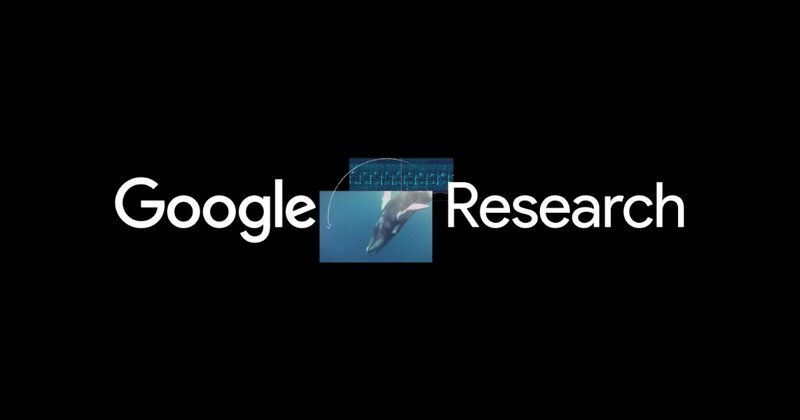Once you get the perfect route from Google Maps, discover a brand new place in Avenue View, have a look at your neighbourhood on Google Earth, or examine the climate forecast with Search, you’re utilizing geospatial knowledge. For many years, Google has organized the world’s geospatial data — knowledge related to a selected geographical location — and made it accessible by means of our merchandise.
Geospatial data is important in on a regular basis conditions and for a variety of real-world enterprise issues. Whether or not you’re working in public well being, city growth, built-in enterprise planning, or local weather resilience, Google’s knowledge, real-time companies, and AI fashions can speed up your analyses and increase your proprietary fashions and knowledge.
Geospatial data will be huge, complicated and arduous to grasp — similar to the actual world! Gathering, storing and serving knowledge requires specialised sensors and platforms. Observations of the stuff you care about will be scarce or require time-consuming labelling. Use-cases are numerous and infrequently require numerous sorts of information that have to be aligned and cross-referenced (climate, maps, photographs, and many others.), and up to date breakthrough AI strategies should not optimized for geospatial issues. Remodeling geospatial data into understanding is a spotlight space for Google Analysis.
Final November we launched two pre-trained, multi-purpose fashions to deal with lots of the challenges of geospatial modeling: the Inhabitants Dynamics Basis Mannequin (PDFM), which captures the complicated interaction between inhabitants behaviors and their native surroundings, and a brand new trajectory-based mobility basis mannequin. Since then, over 200 organizations have examined the PDFM embeddings for the US and we’re increasing the dataset to cowl the UK, Australia, Japan, Canada, and Malawi for experimental use by chosen companions.
We’re additionally exploring how generative AI can scale back the numerous price, time, and area experience required to mix geospatial capabilities. Giant language fashions (LLMs) like Gemini can handle complicated knowledge and work together with customers by means of pure language. When built-in into agentic workflows which can be grounded in geospatial knowledge, we’re beginning to see that they’ll generate insights in numerous domains which can be each shocking and helpful.
Right this moment, we’re introducing new distant sensing basis fashions for experimentation alongside a analysis effort known as Geospatial Reasoning that goals to carry collectively all of our basis fashions with generative AI to speed up geospatial downside fixing. Our fashions might be out there by means of a trusted tester program, with inaugural members together with WPP, Airbus, Maxar, and Planet Labs.


Leave a Reply